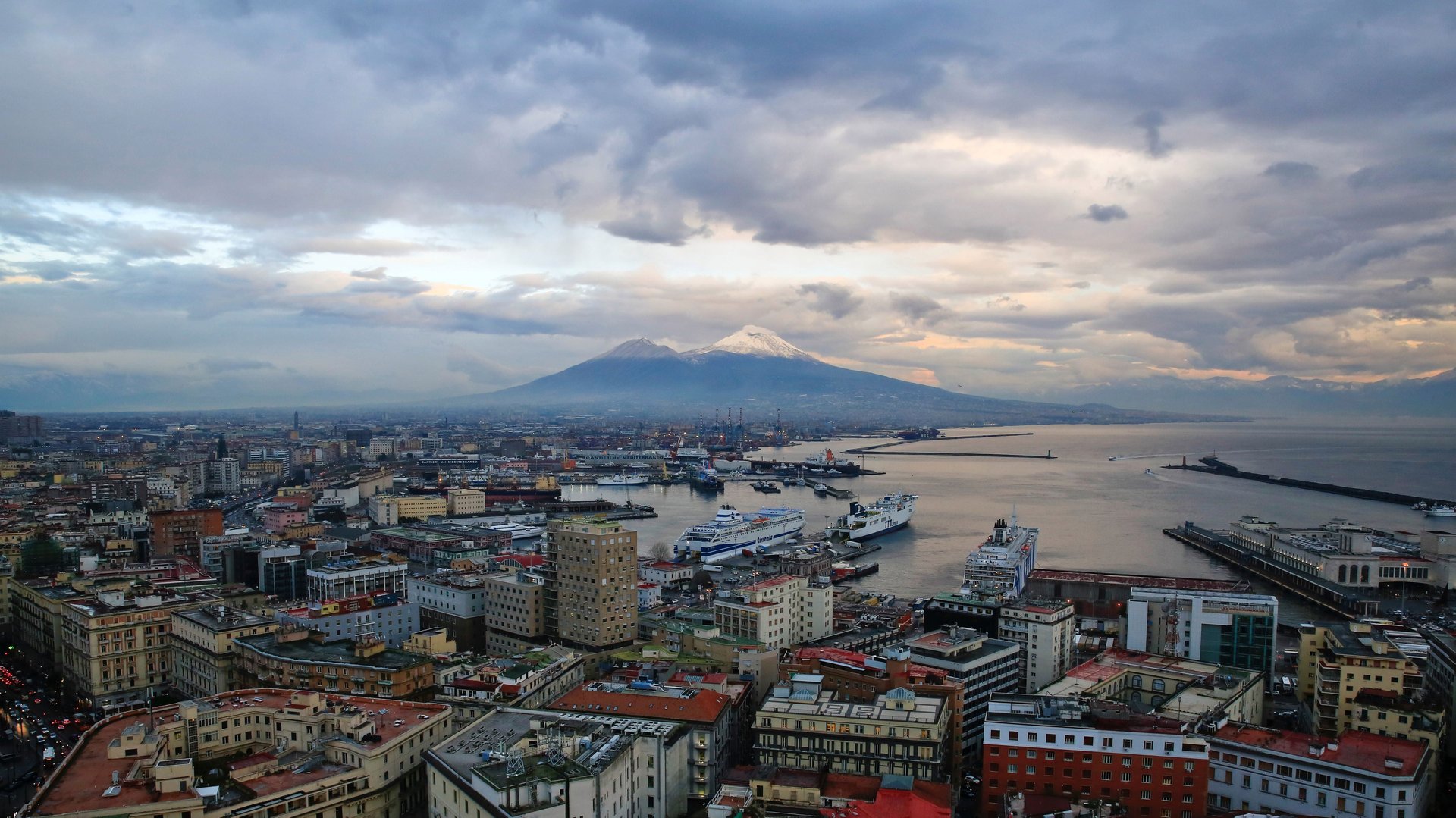This is definitely the worst way to die
What is the worst way to die? There are a lot of potential answers to that question: getting eaten alive by a shark, say, or being burned at the stake. But now a group of researchers have a theory that, if true, would take the cake: That the helpless residents of Pompeii and Herculaneum died when their blood boiled and their skulls exploded during the eruption of Mount Vesuvius.


What is the worst way to die? There are a lot of potential answers to that question: getting eaten alive by a shark, say, or being burned at the stake. But now a group of researchers have a theory that, if true, would take the cake: That the helpless residents of Pompeii and Herculaneum died when their blood boiled and their skulls exploded during the eruption of Mount Vesuvius.
Mount Vesuvius was a volcano that overlooked the Roman settlement of Pompeii, Italy, near modern-day Naples. It erupted in 79 AD, wiping out the entire town and preserving its populace in ash.
The common historical interpretation of that horrific event was that the toxic gases and thick chunks of ash released from the volcano choked every single inhabitant to death. But in a study published in PLOS One last month (Sept. 26), researchers from Naples, Italy, argue that a segment of Vesuvius victims were likely killed by the fast-moving lava that streamed down toward Pompeii, which created temperatures high enough to vaporize bodily fluids and tissue and create explosions in the skull.
The researchers analyzed 103 skeletal samples from the remains of victims who took shelter from the eruption by hiding in 12 waterfront chambers in Herculaneum, a town 11 miles from Pompeii. That didn’t help them much: According to the researchers, these people “were suddenly engulfed by the abrupt collapse of the rapidly advancing” pyroclastic surge–a fluid mass of gas and rock fragments that is ejected during some volcanic eruptions–which radiated temperatures between 400 and 900 degrees Fahrenheit, and descended onto them at nearly 180 miles per hour.
By studying the skeletal remains, the researchers say they were able to deduce that excessive temperatures, rather than gas inhalation or lava-related accidents, was the cause of death for the victims of Herculaneum. Because the town was closer to the volcano, the heat instantly vaporized bodily tissues and fluids (including blood).
One expert who was not involved with the study raised concerns about the researchers’ findings; as Neel V. Patel of Popular Science explains, “The cause of death may have been something else entirely, and the observed high-temperature effects on the blood and tissue may have been produced by post-mortem pyroclastic flows.” But the theory that extreme temperatures killed at least some of Vesuvius’s victims has been gaining traction in research circles since 2001, and the consensus seems to be that further research into the potential dangers of pyroclastic surge is worthwhile.
“These kind of field and laboratory studies are of great importance,” Pier Paolo Petrone, the lead author of the study, told Popular Science, “not only from the point of view of a historical and biological reconstruction of the Roman age populations, but also because they provide fundamental information useful for the assessment of volcanic risk in densely populated areas.” In other words, research on the victims of Pompeii could be used to assess the risks of an eruption in Naples and the smaller towns near Vesuvius, which is still active. That area is home to about 1 million people today–including 12 citizens who, in 2013, sued (pdf) the Italian government at the European Court of Human Rights for not sufficiently preparing them for a possible eruption. Probably a fair concern, folks.